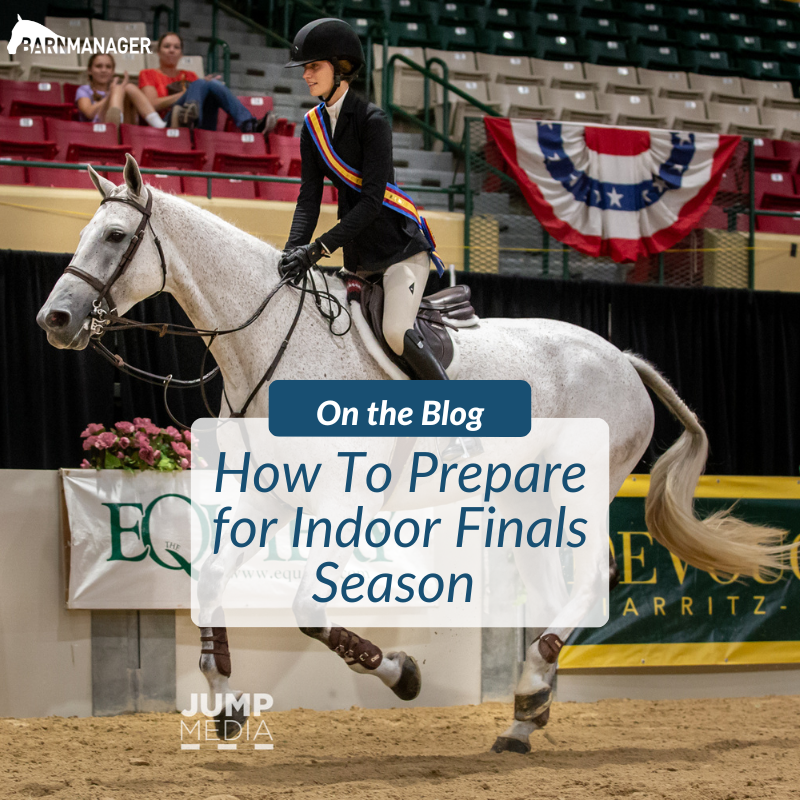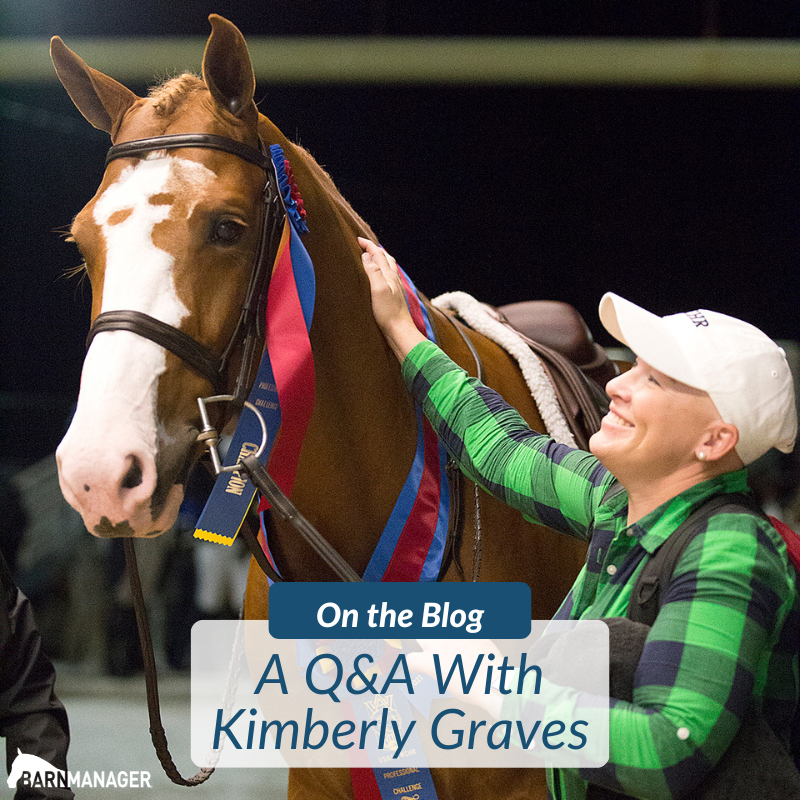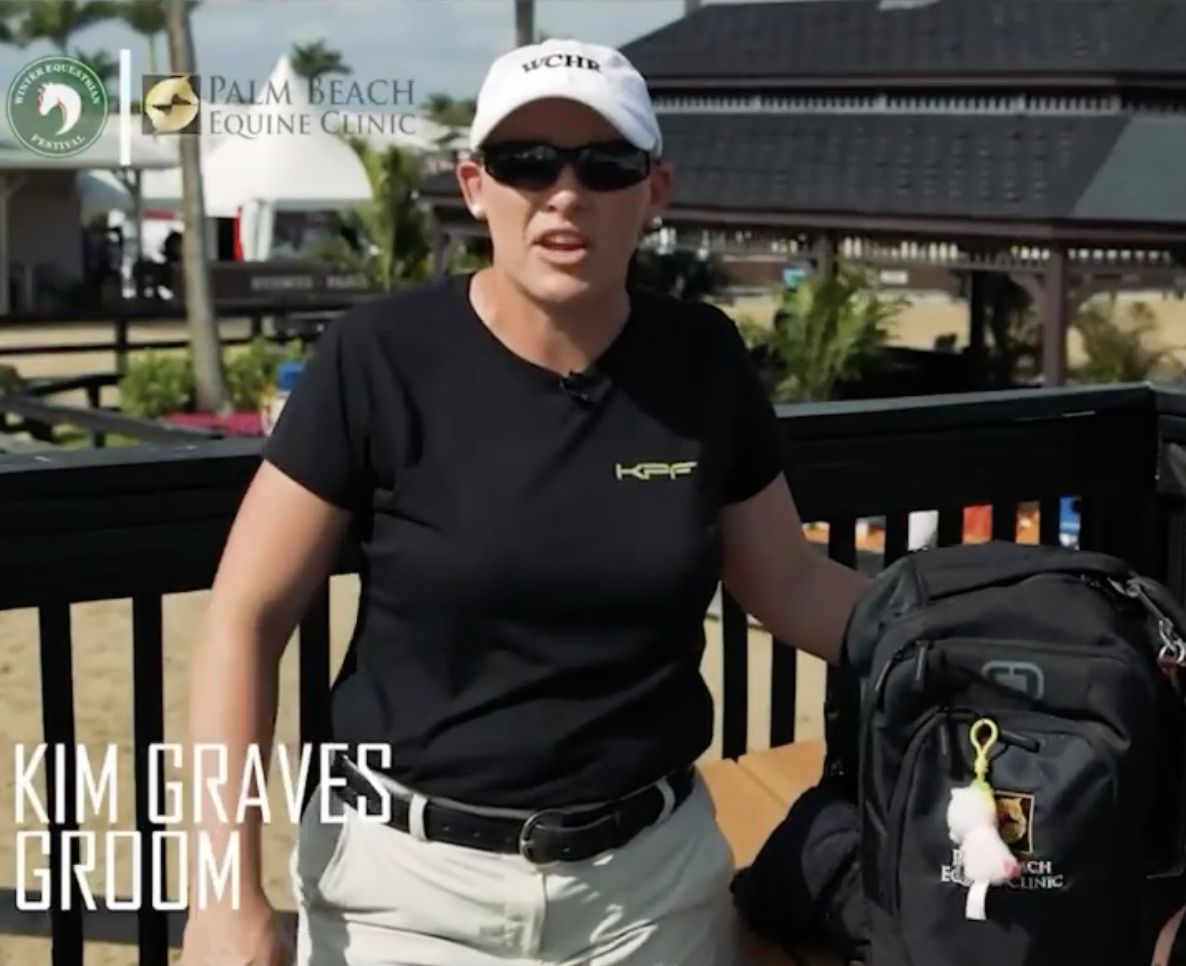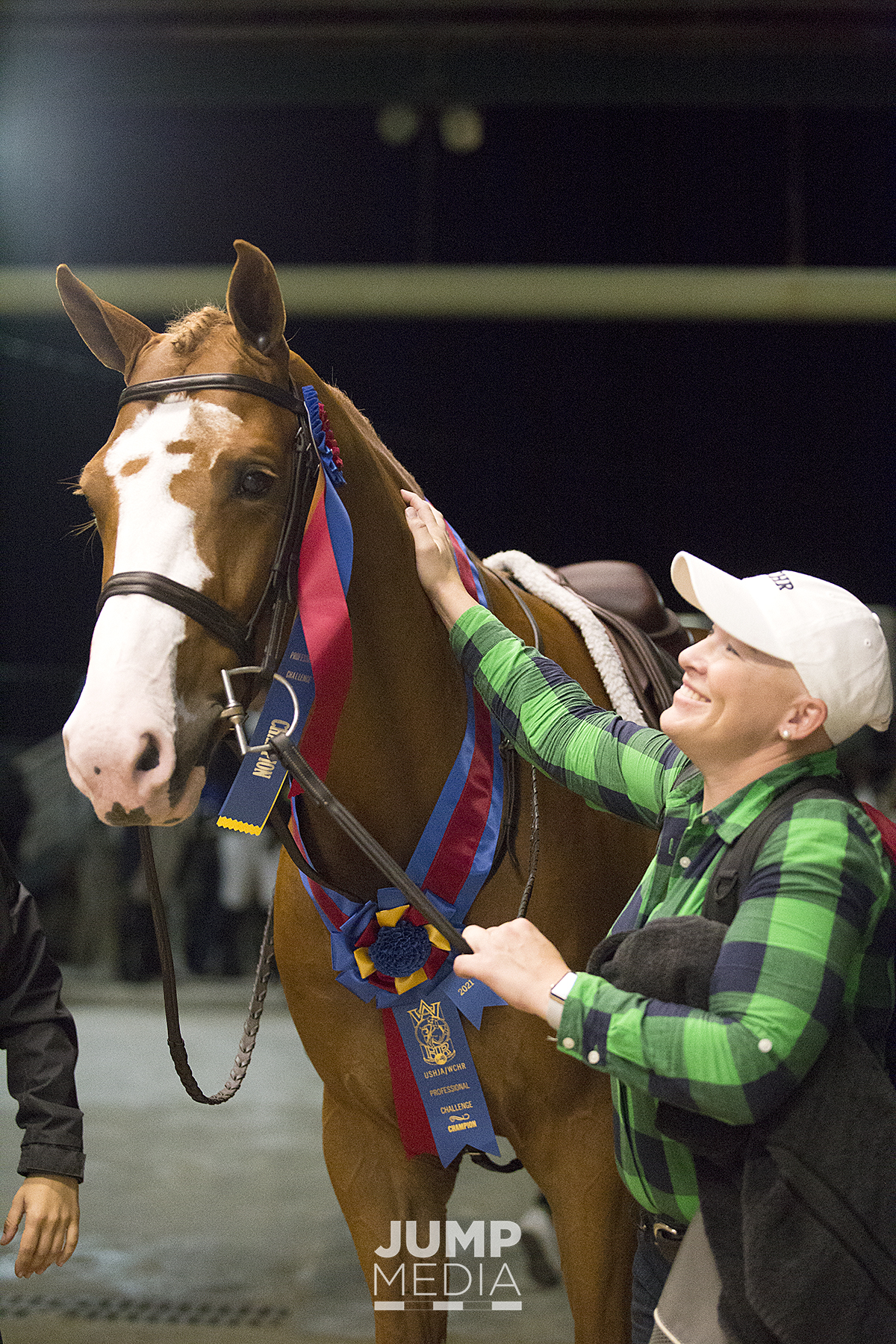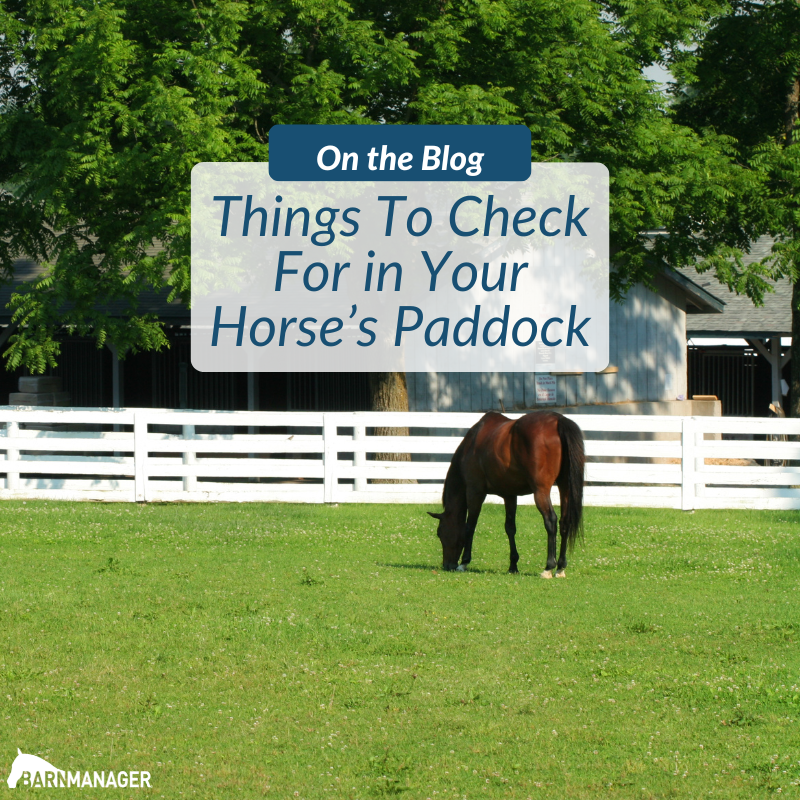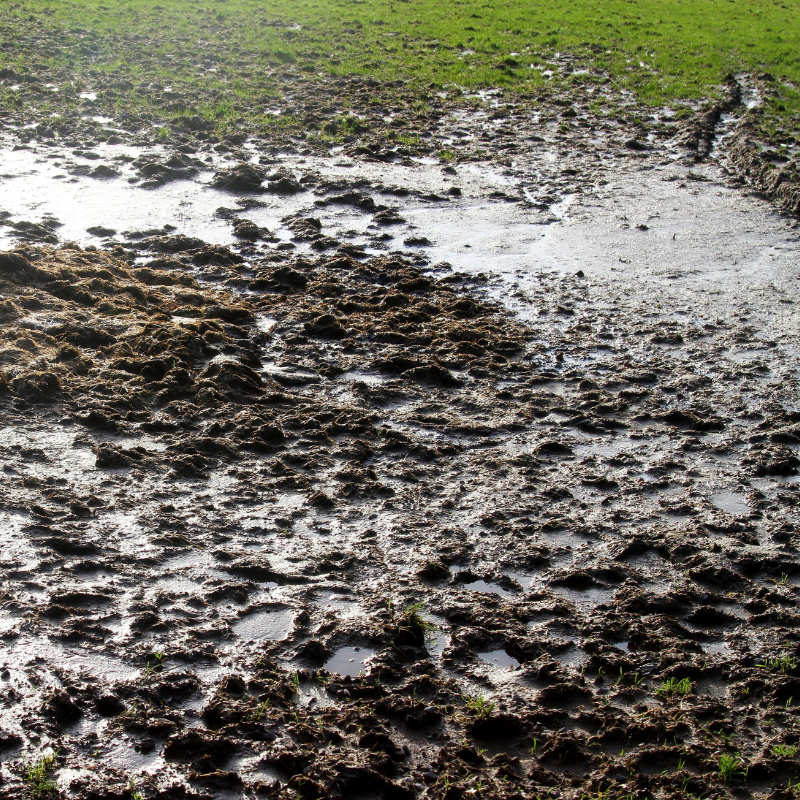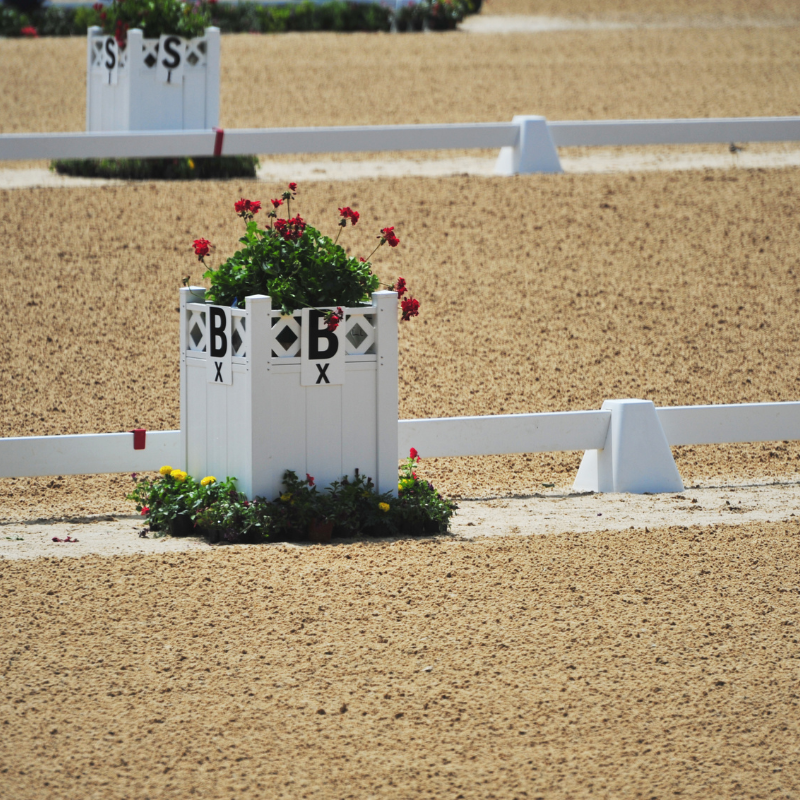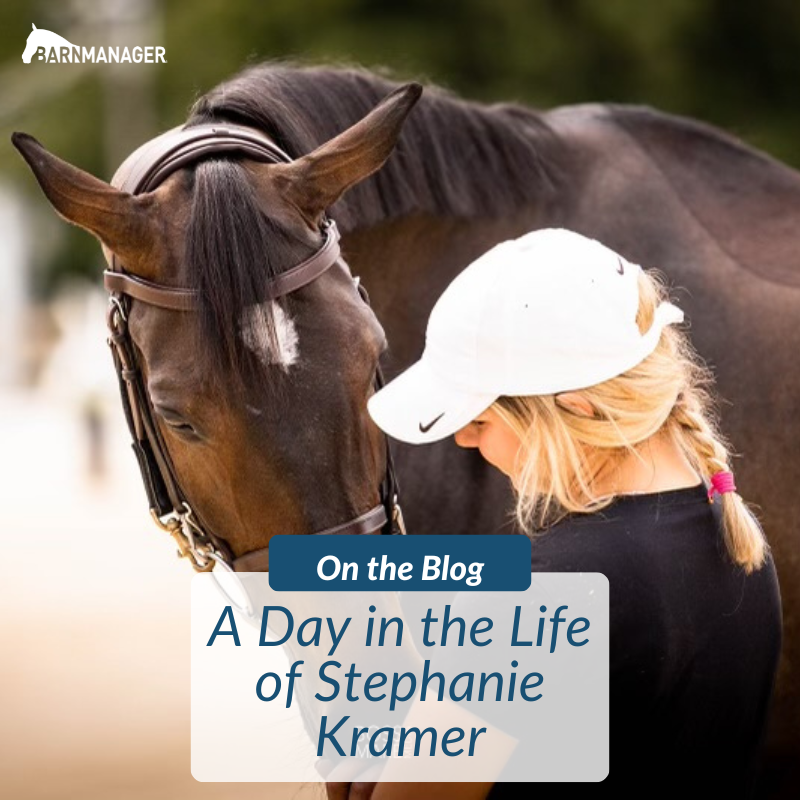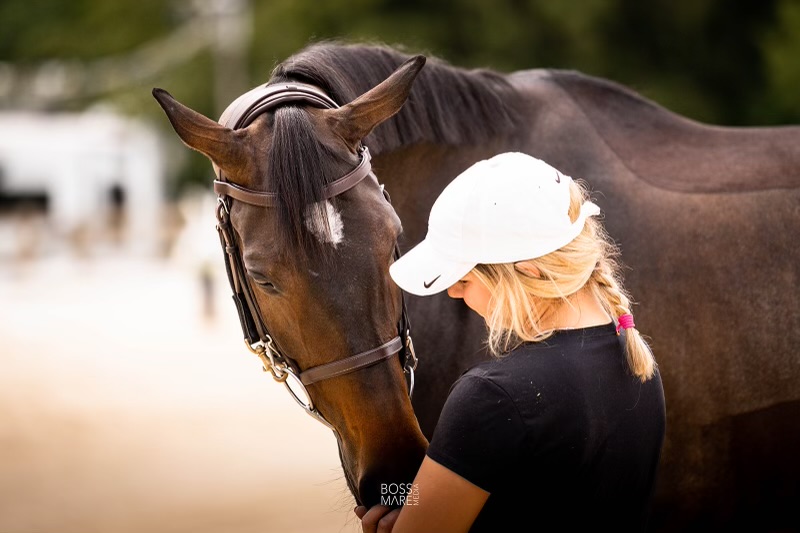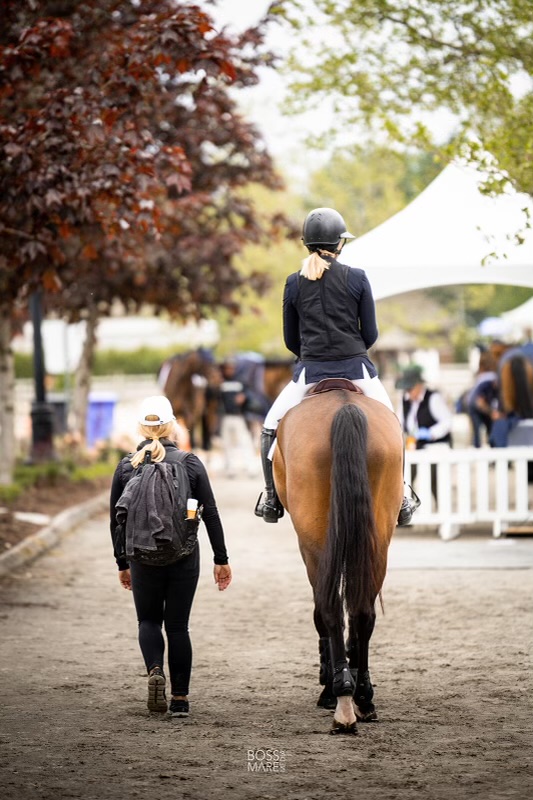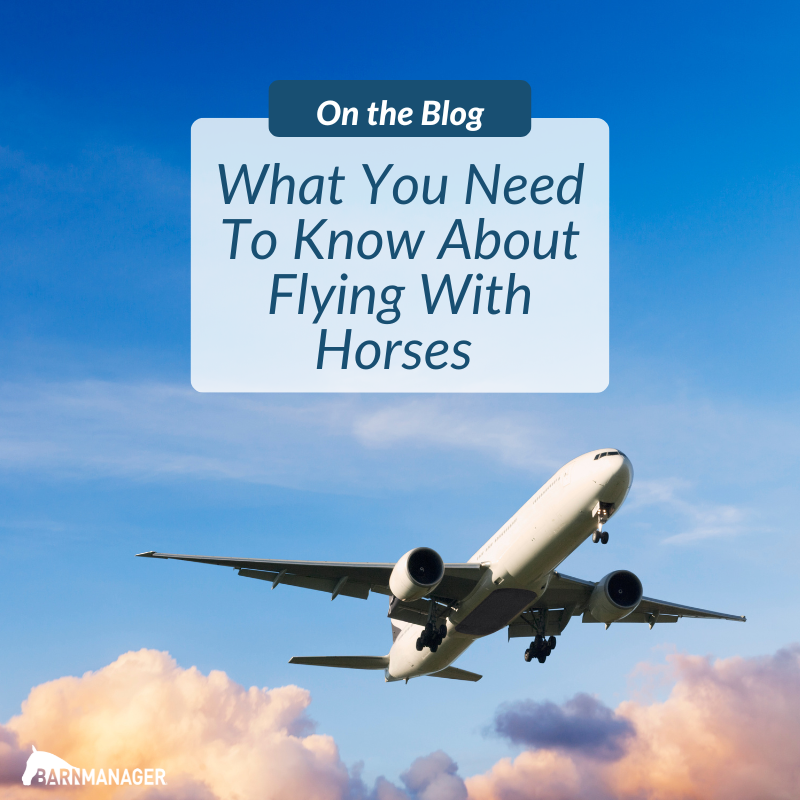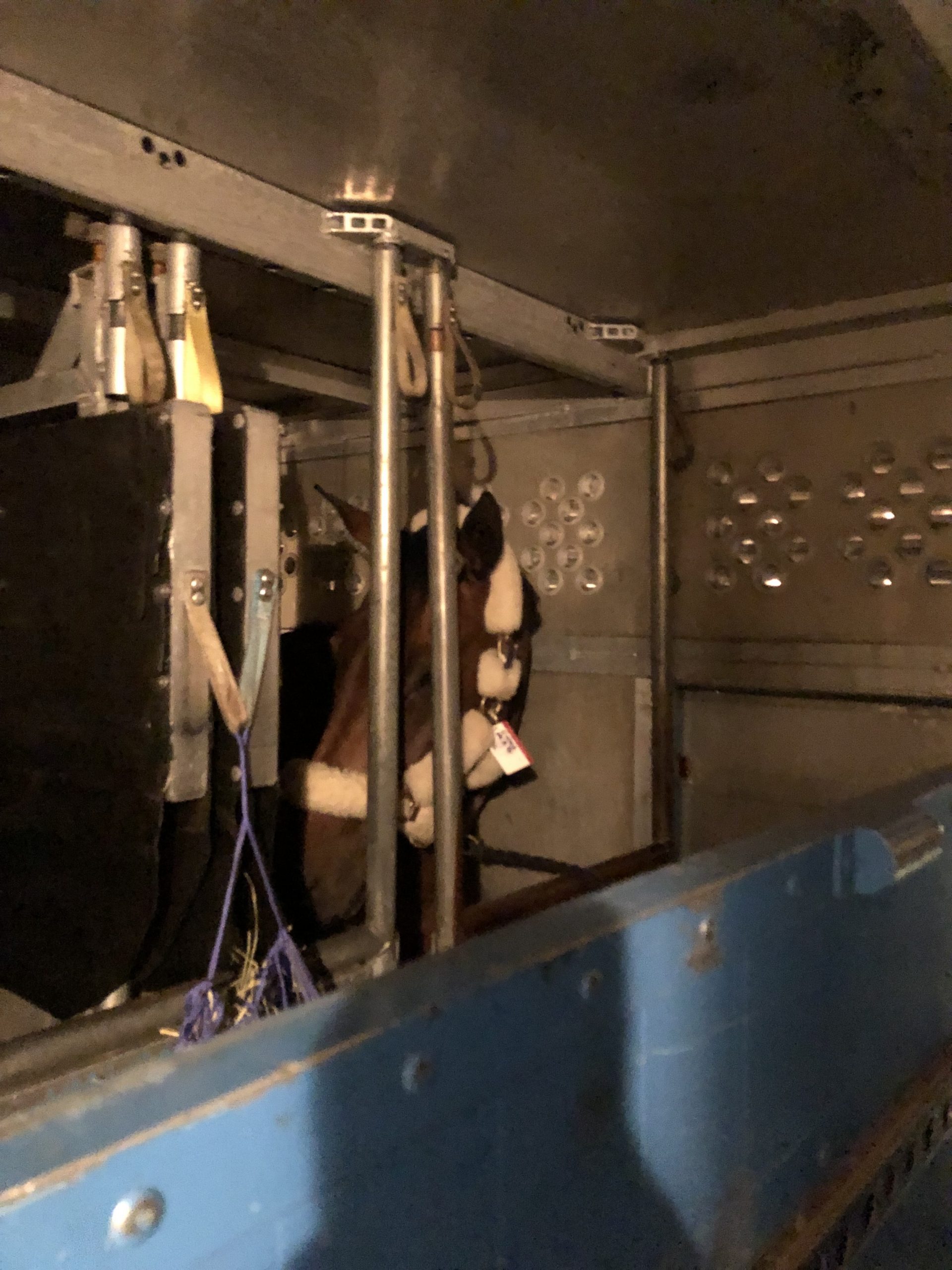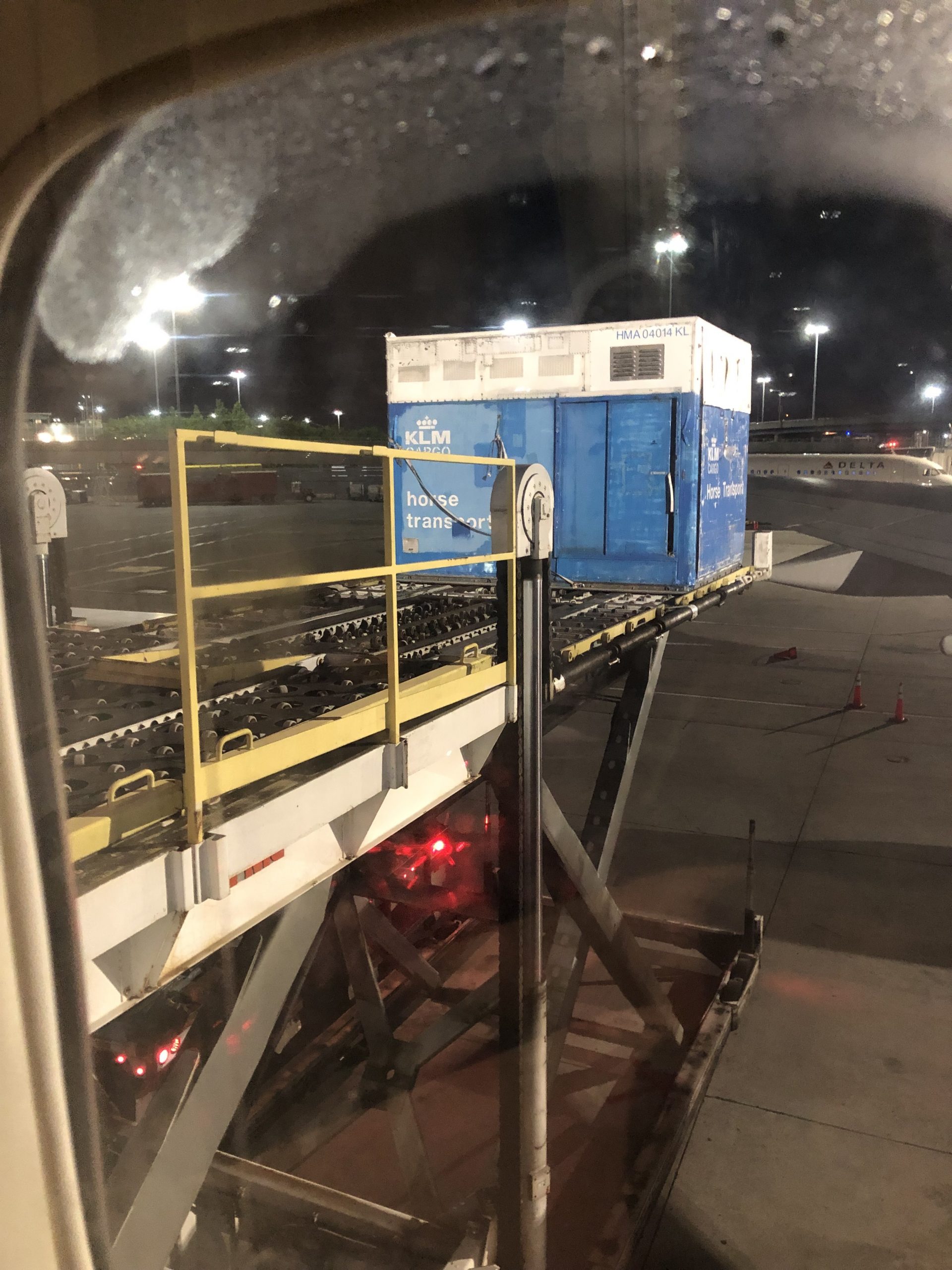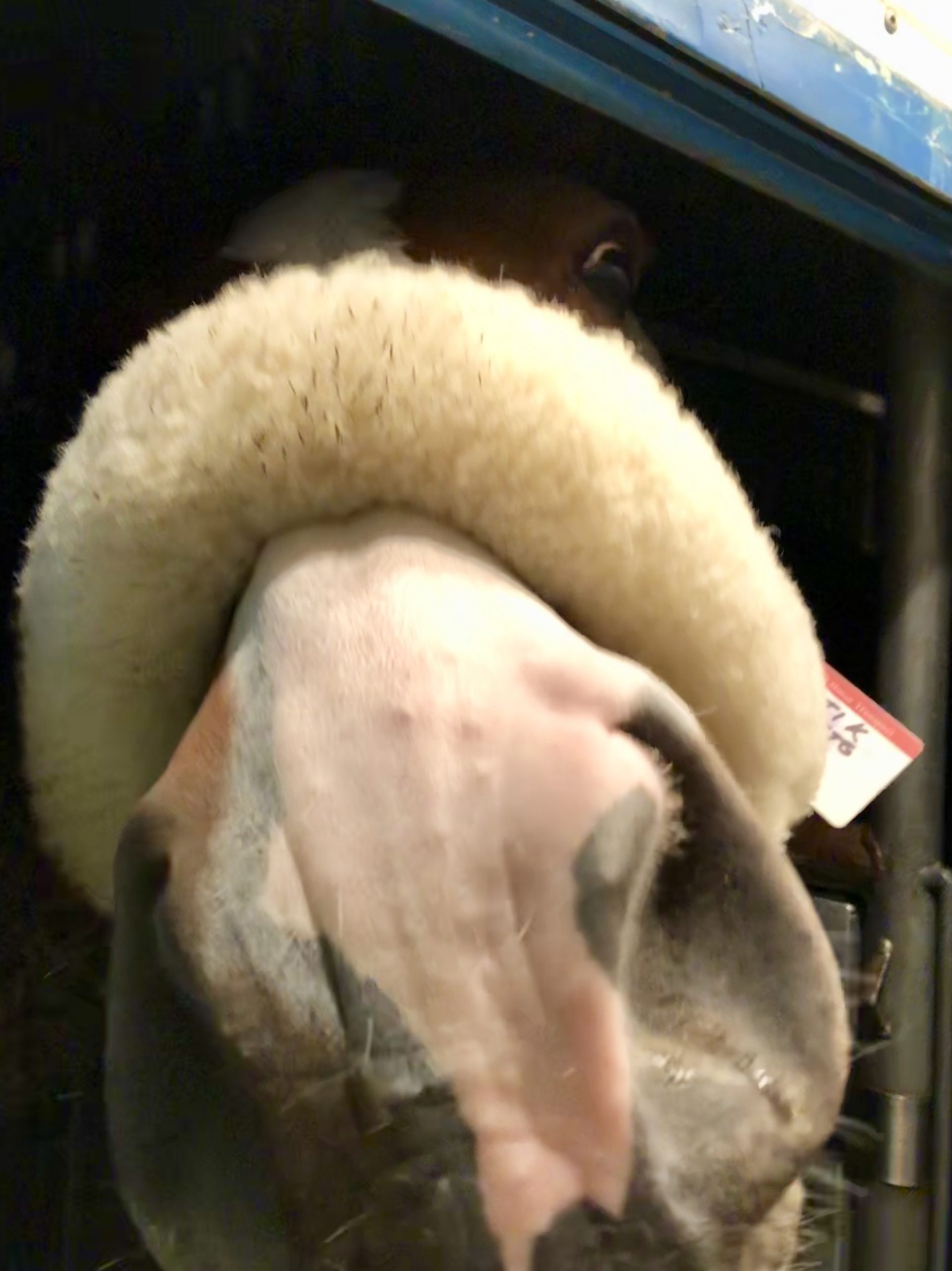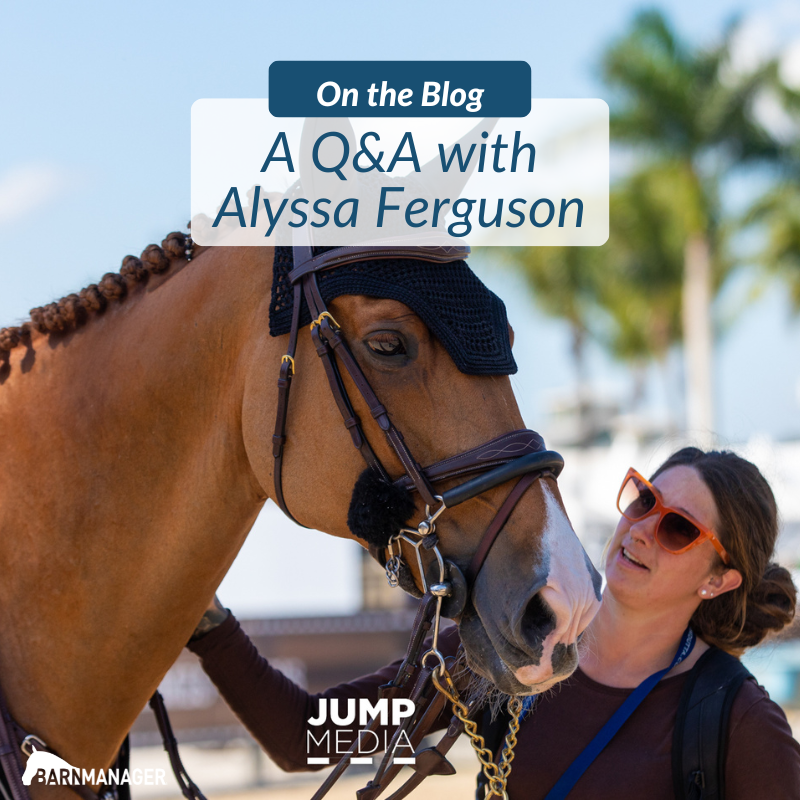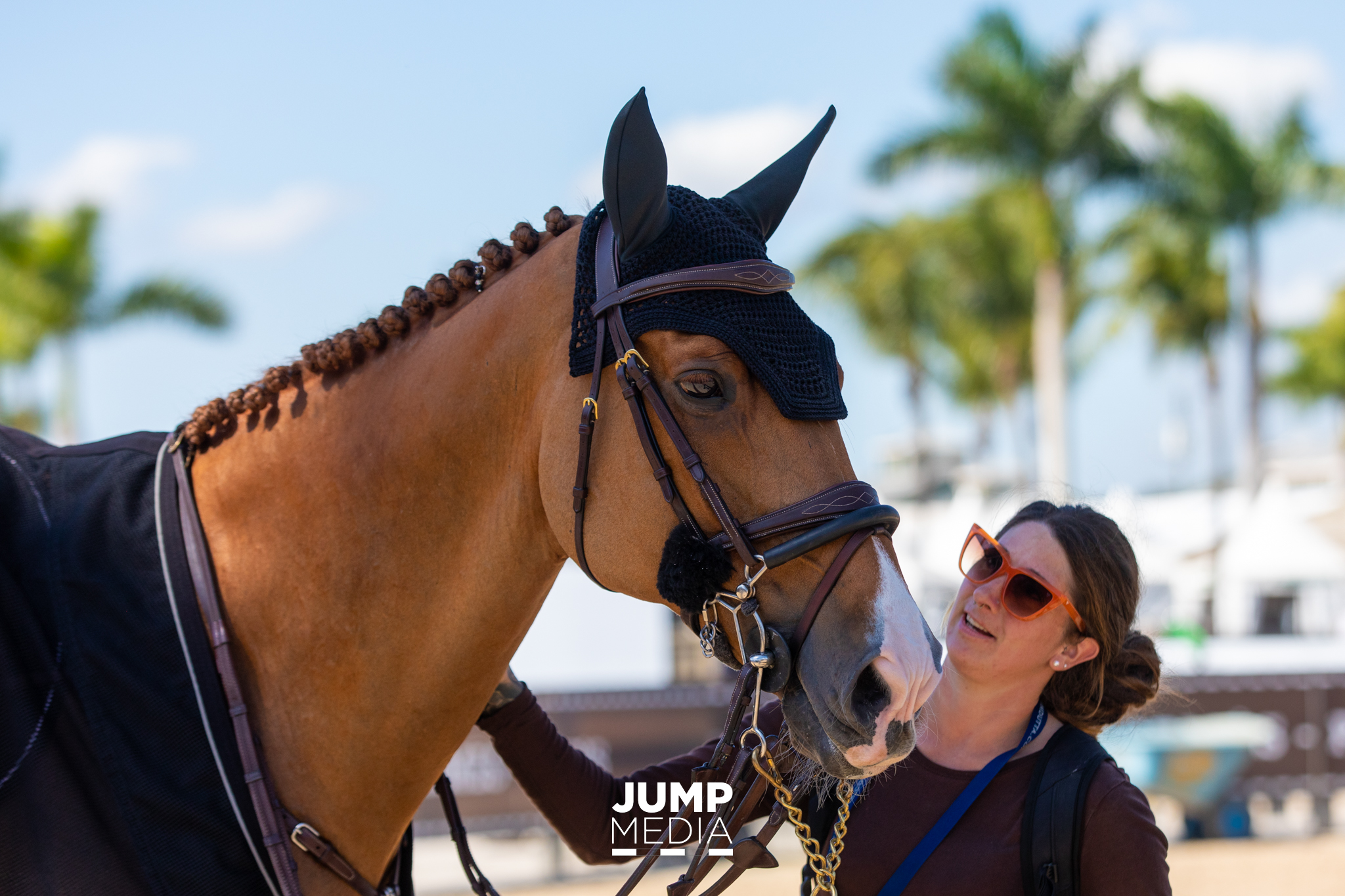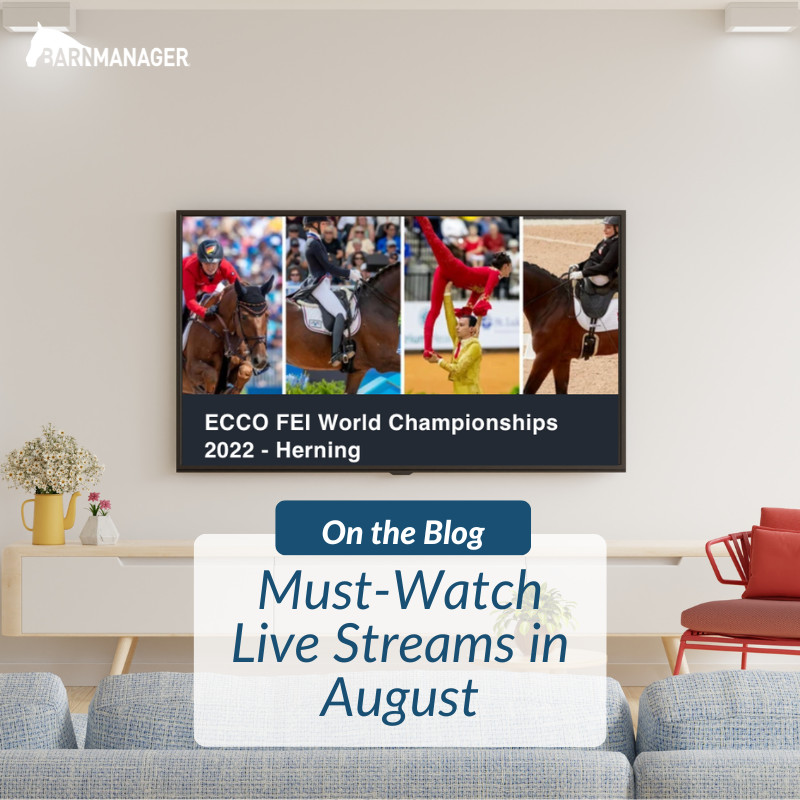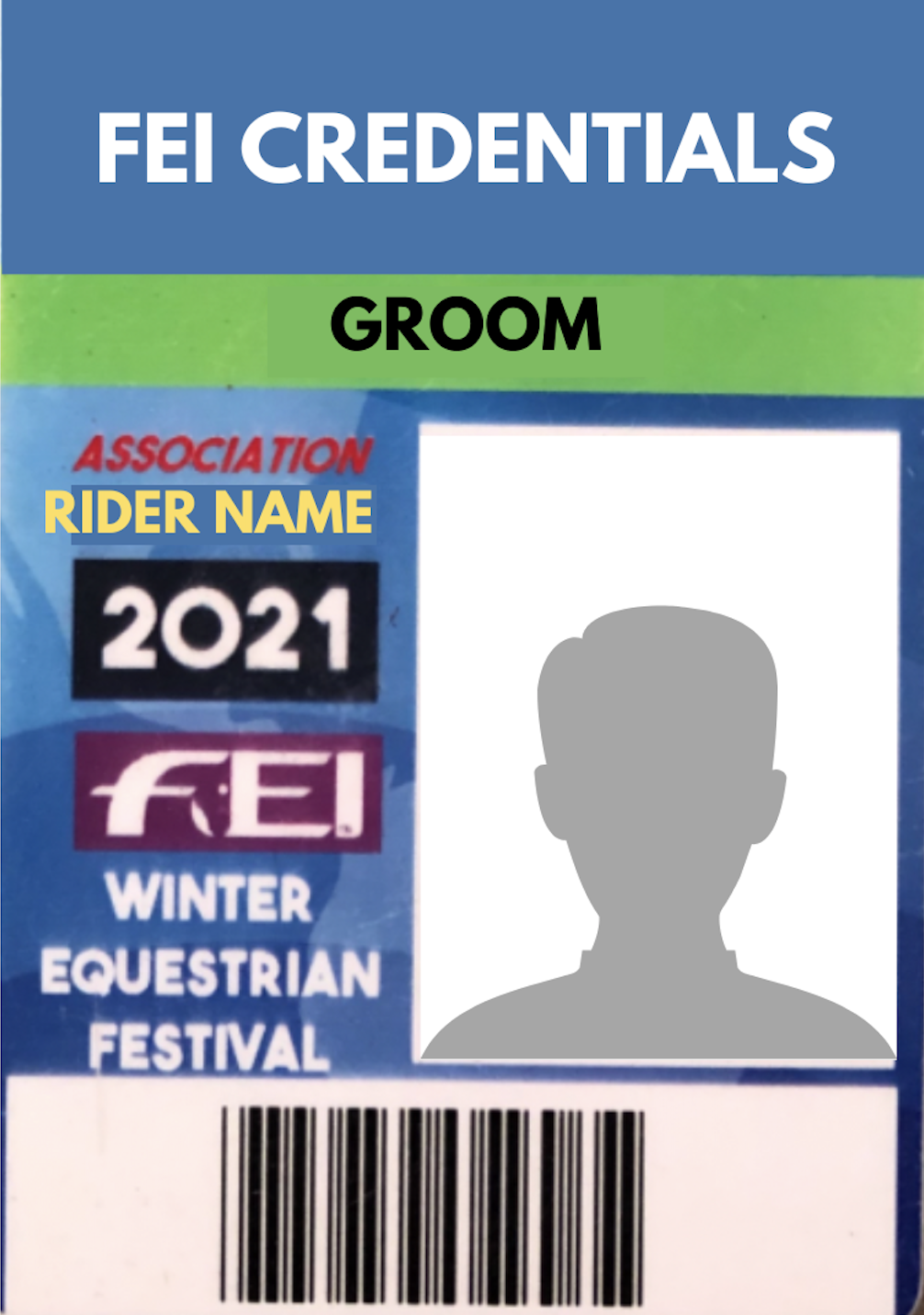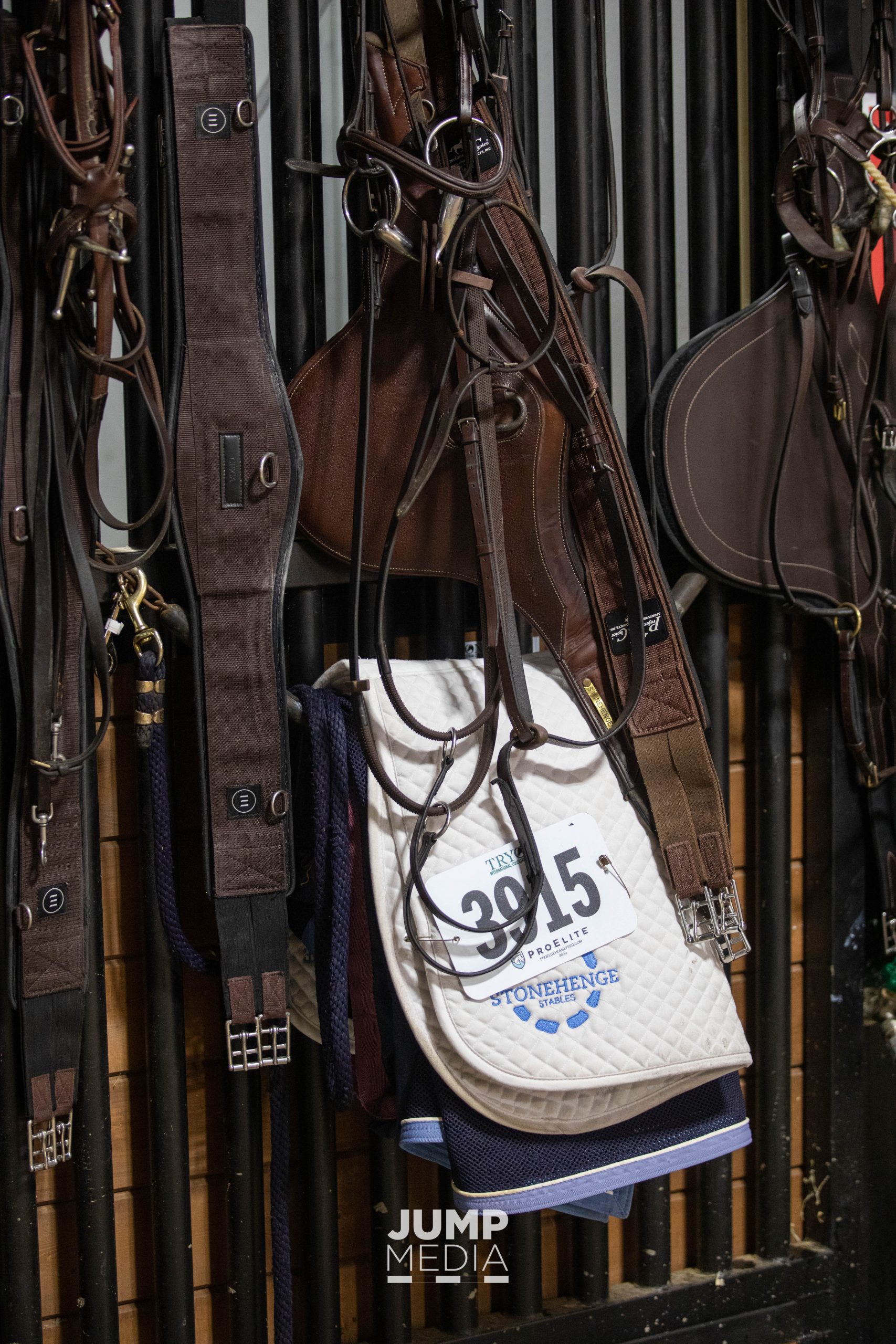Qualifying for and attending indoor finals is a popular year-end goal for many riders. There are several ways you can prepare for these high-pressure events as a rider, trainer, manager, and groom to ensure a positive experience.
Pack Extra Layers for Your Horse and Yourself
It can be difficult to plan for fall weather as the temperatures tend to fluctuate. Oftentimes, especially at the beginning of the season, it is cold at night and fairly warm during the day. For this reason, you should bring lots of layers when packing for indoor finals. This is true for both you and your horse. Also, before packing your horse’s stable sheet and blanket, it is a good idea to make sure they have been washed recently and are in good repair.
(Did you know? BarnManager has a list feature so you can create packing lists and share them with your team.)
Focus on Flatwork

Photo by Jump Media
After spending all summer showing in large outdoor arenas it can be difficult to switch to smaller indoor rings. Making sure your horse is adjustable and really listening to your aids is important not just for equitation finals, but also for showing in the hunters and jumpers. Be sure to emphasize flatwork and adjustability in your rides to ensure you are ready to perform at your best in a tighter space.
Practice Past Courses
Practicing what you might see at indoor finals can help you feel more confident walking into the show ring. This can be helpful for equitation, hunters, and jumpers. Setting up equitation or jumper courses in your indoor similar to those from past years will help prepare you for the challenges the course designer might present at the show. For hunters, try to recreate the types of jumps and fill used in previous years in your own ring to familiarize both you and your horse with obstacles that are out of the ordinary.
Make a Schedule
Indoor finals take place during a busy time of year. Unlike the summer, kids are back in school, everyone is working, and the holidays are coming up. Also, indoor finals shows do not last for several weeks like some summer or winter circuits. This means they involve a lot of traveling, packing, and unpacking for both horses and riders. Planning out a detailed schedule can be extremely beneficial to managing all the moving parts required for these shows. Whether you are a rider, trainer, manager, or groom, having a plan of what your week will look like is essential.
For nonprofessional riders, it is also useful to map out specific parts of your day. For example, schedule times where you will concentrate on school or work in addition to parts of the day where you will focus on watching the competition and helping care for your horse and yourself. It is important to give yourself time to get into the right frame of mind to successfully compete. If you plan out a detailed daily schedule, you will feel more relaxed when it is time to compete.
Although trainers, managers, and grooms always create a daily plan when horse showing, this schedule is critical at indoor finals. The pressure and nerves at these shows run high so the more prepared you are, the more at ease and confident your riders will feel. For example, at indoor finals shows there are strict set orders of go. You should not only include the specific times that horses are showing in your schedule, but also build in times throughout the day to check in at the ring to see if everything is still running on time. These horse show days are often very long and exhausting, especially when they include night classes, so it can be easy to forget to do certain tasks. For this reason, be sure to plan out when horses will be lunged, ridden, prepared, bathed, dressed to go to the ring, and taken care of afterward so nothing is missed.
(Did you know? BarnManager has a digital whiteboard feature so you can easily create a daily schedule and share it. Users can also use the messaging feature to update the entire team on any schedule changes.)
Plan Out Your Goals

Photo by Jump Media
The indoor finals horse shows are very prestigious events that come with a lot of pressure. As a rider, trainer, manager, or groom, it is important to decide on a few specific and realistic goals. It is easy to get a little awestruck and overwhelmed at these events while you are surrounded by many of the country’s top riders, horses, trainers, managers, and grooms. Having defined goals in mind can help you stay focused on what you want to accomplish.
Indoor finals require a lot of practicing, scheduling, and preparing both leading up to the show and at the event. Although this time of year can be stressful, try to remember to have fun and view the shows as a learning experience.
Have questions about utilizing BarnManager or want to give it a try for yourself? Request a live demo here!
